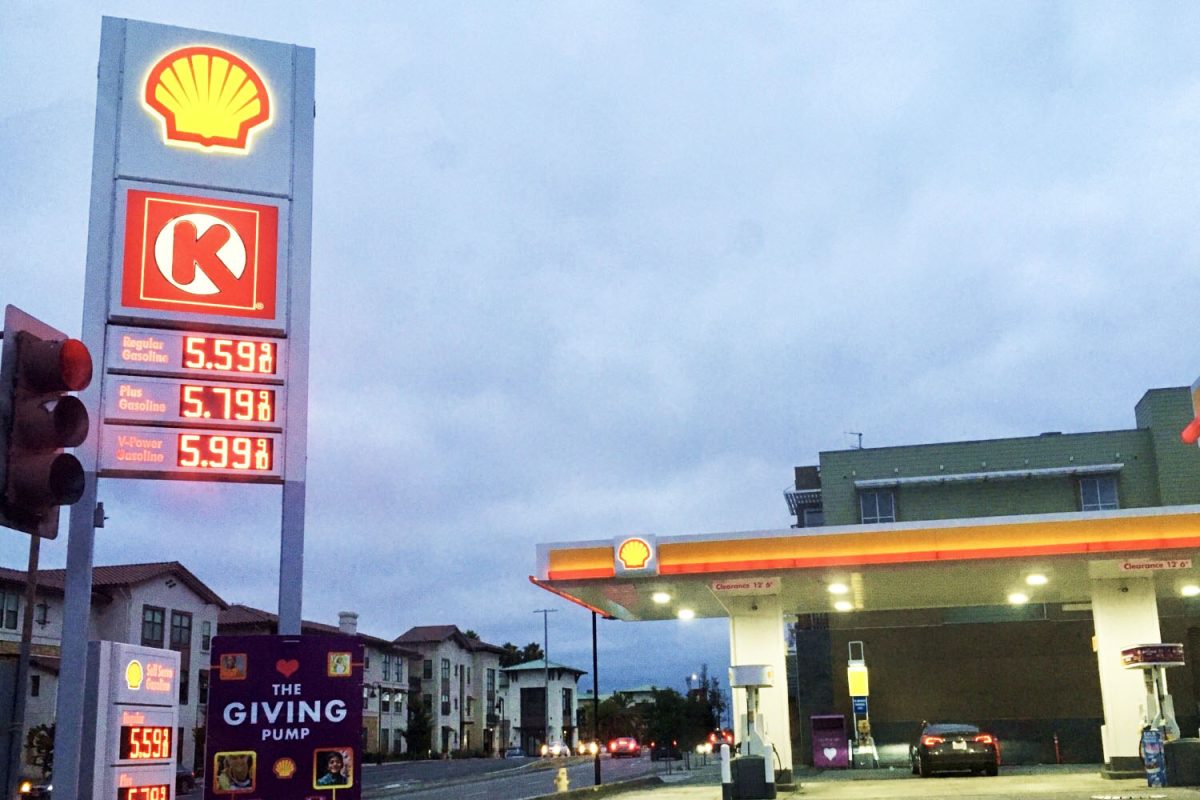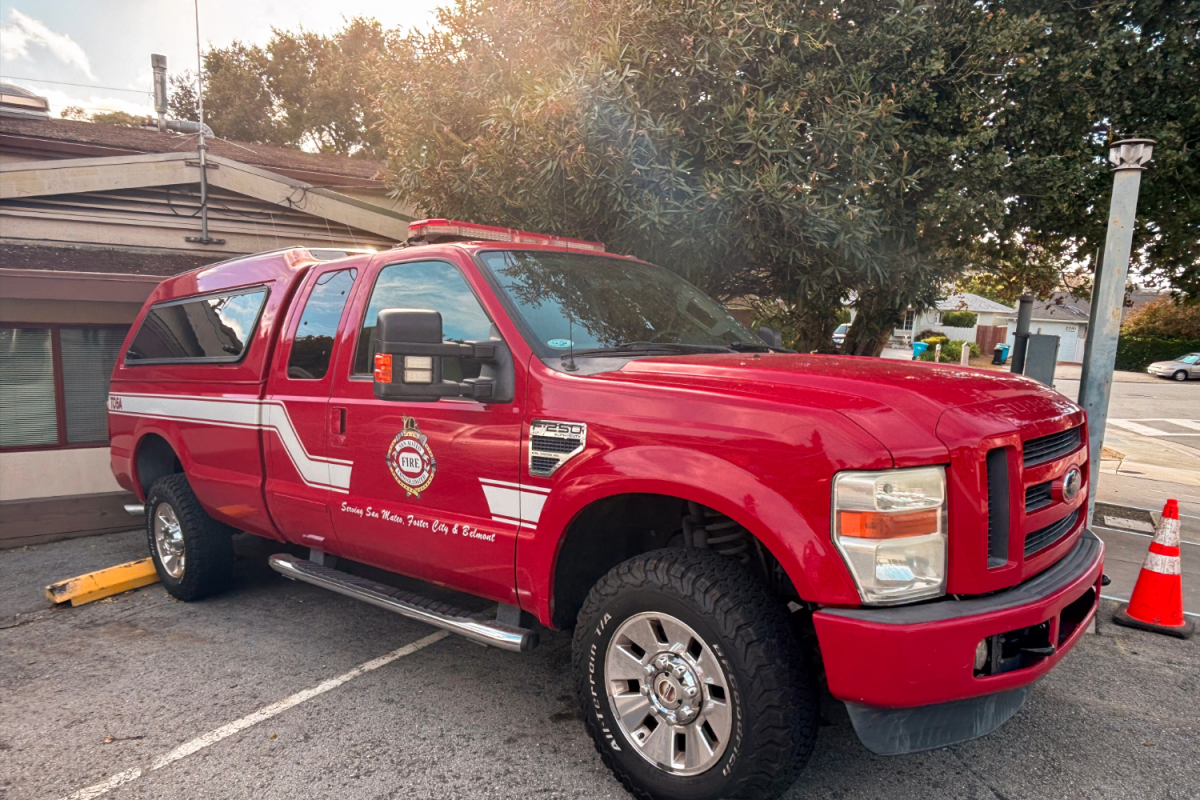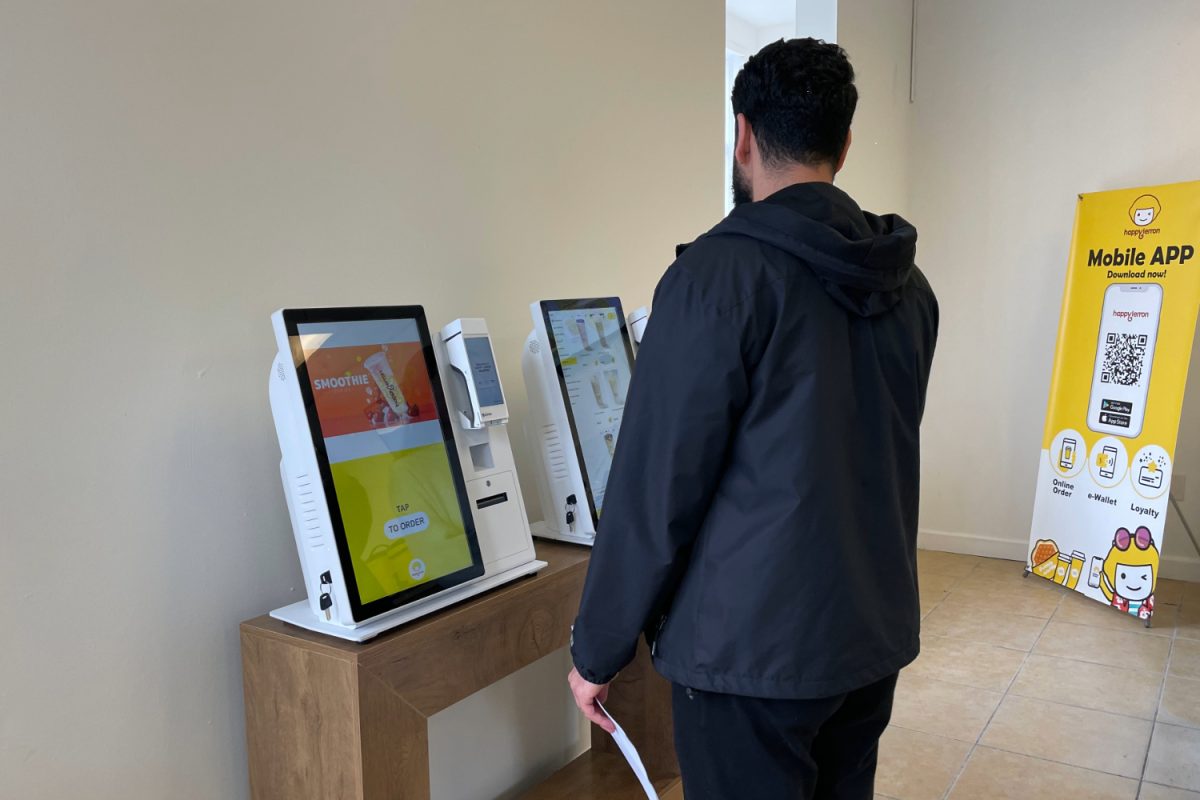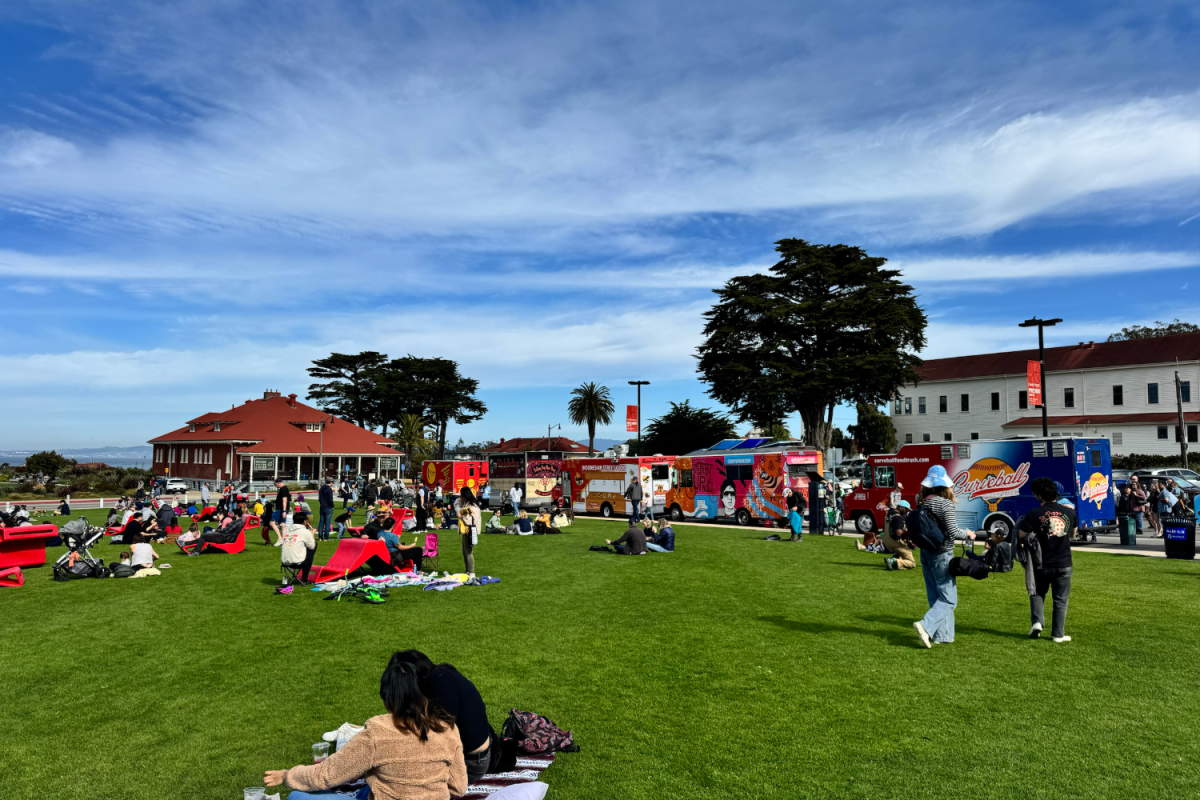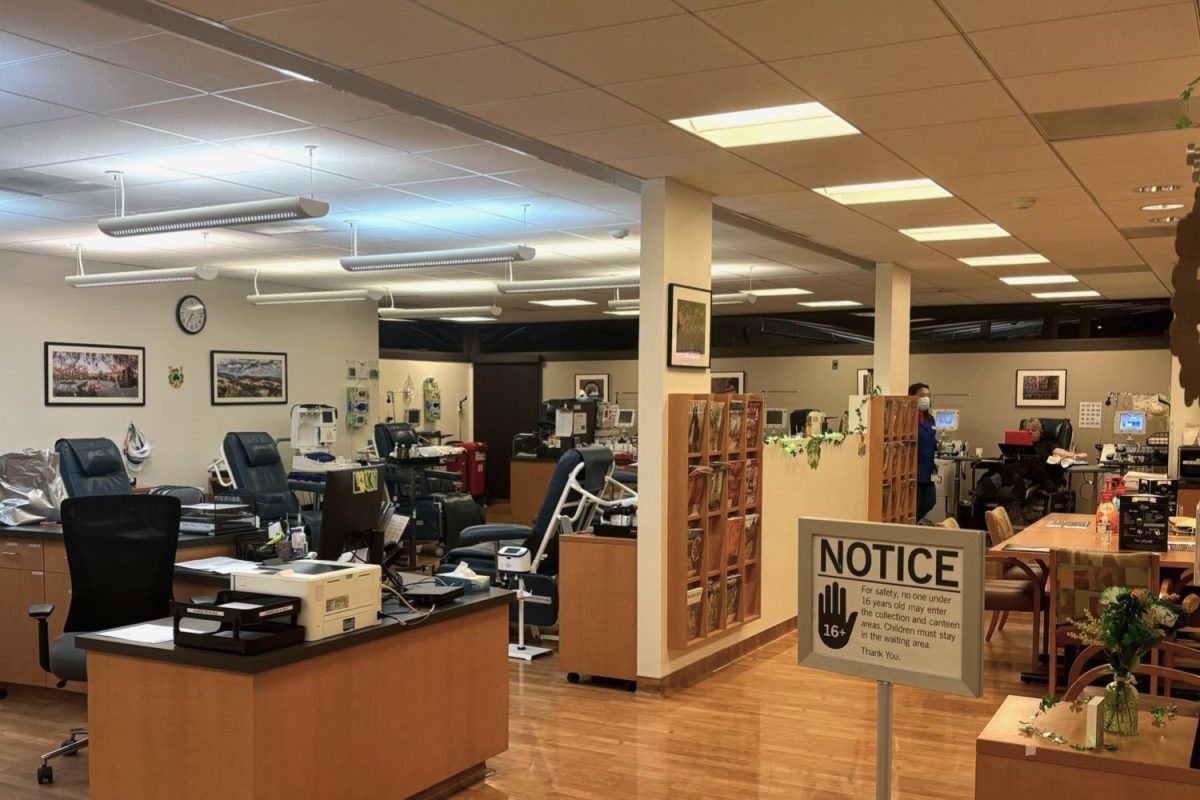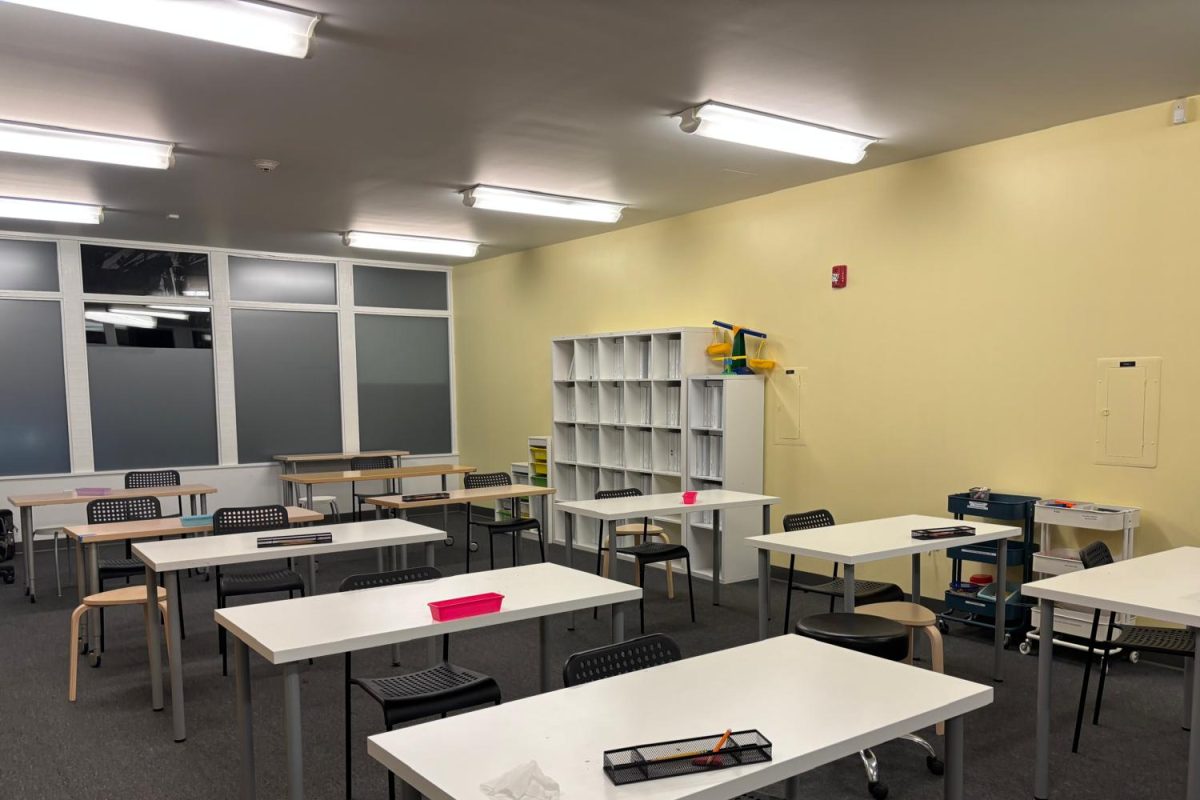Recent rising gas prices have prompted students and residents to reconsider their driving habits and the future of transportation in Belmont.
According to the U.S. Energy Information Administration, gas prices in California averaged $6.01 per gallon in the week of Oct. 2, a $0.76 increase from a month earlier.
“Prices are normally lower than they are right now, except for last year, since that was the first post-COVID year when people started driving again,” said John Treanor, the American Automobile Association (AAA) spokesperson for northern California.
Experts are not the only ones noticing an upward trend. In response to higher gas prices, students and parents are becoming more conscious of their commutes and sparking conversations about the recent upticks.
“I use my car twice a day on school days. I don’t pay for gas, but I hear my parents say that gas prices are expensive, and we’ve talked a couple of times about it,” said Kaitlyn Sam, a junior at Carlmont High School.
This experience mirrors a broader trend of handling rising gas prices. According to Treanor, people have changed how they drive over the past few years due to historically high gas prices.
“If prices get too high, people drive less. They might have more things delivered to their home, so they’re not leaving as much. A lot of work is still remote or allows people to work from home. So if prices increase, people might leave their houses less,” Treanor said.
Gina Latimerlo, a Belmont City Council member, observed that residents are changing their habits and moving towards public transportation.
For some students, gas prices will influence their decisions about future car ownership. For Sam, the constant rise is worrisome as her parents won’t finance her gas expenses forever.
“I think at some point in the future I might get an electric car so I won’t have to pay for gas,” Sam said.
Gas prices are a result of the combined price of crude oil, refining oil, and transferring gas to a gas station, according to Treanor. Additionally, the prices of these individual components change based on supply and demand.
Fluctuations in gas prices have occurred regularly every year. However, according to Treanor, gas prices saw a higher-than-average growth over the past month.
“The main reason for the price hikes was issues with oil refineries in California. Oil refineries couldn’t produce the same amount of gas they usually do because of unplanned maintenance issues, and they needed to shut down while they repaired that, making prices go up,” Treanor said.
Transitioning from cars to public transportation has been a longstanding effort of the city and partnering organizations against rising gas prices. Belmont residents have several options as an alternative to driving their cars, according to Latimerlo.
“Commute.org is an organization that tries to get incentives to encourage people to take the train or carpool, and it has some really cool options where you can get discounts on things. There’s also a weekly publication by our city manager called the City Manager’s Weekly and has a lot of information on when Caltrain is doing something interesting,” Latimerlo said.
Overall, the most prominent form of transportation is driving cars, but residents are beginning to move towards public transit.
“We’re in this transition moment where we have to make sure that public transportation is reliable and runs on time and it doesn’t cost more than to drive your car,” Latimerlo said. “These few decades right now in the middle is where I think the transition is going to happen, and I think there’s going to be some growing pains.”

